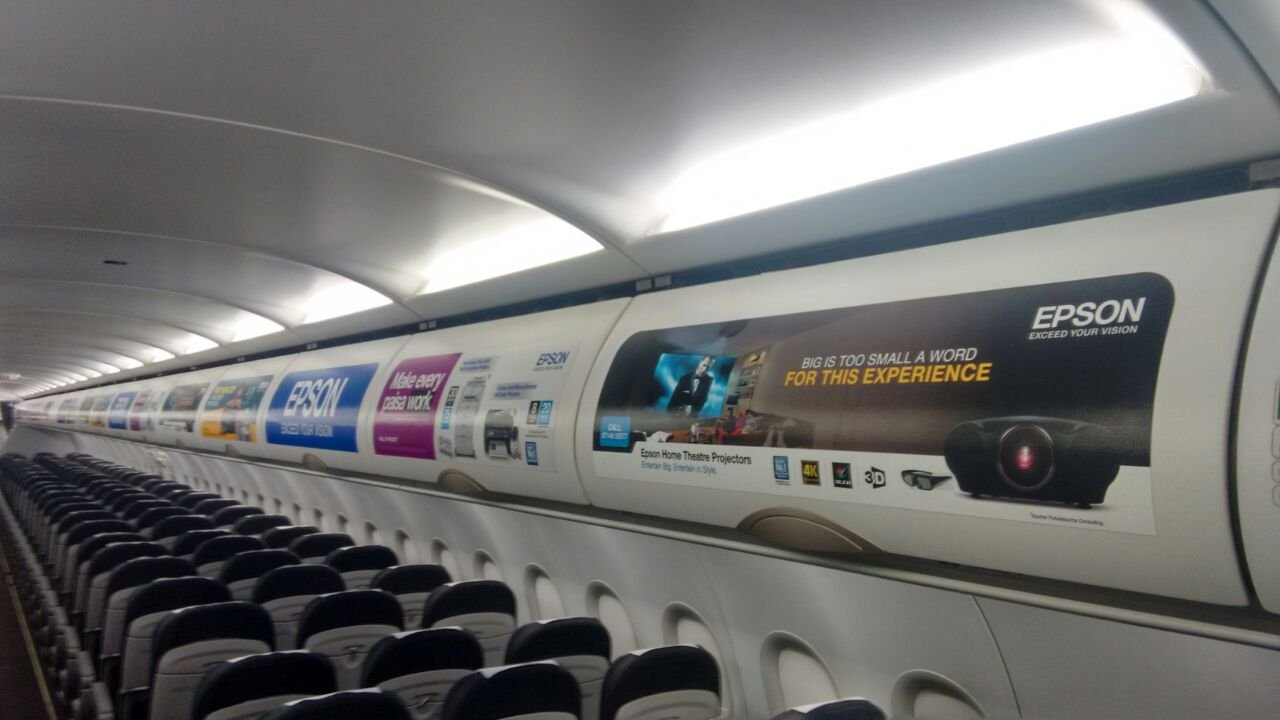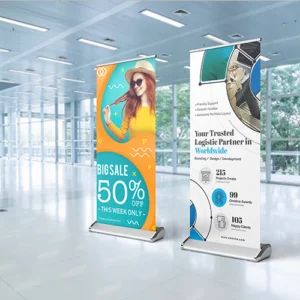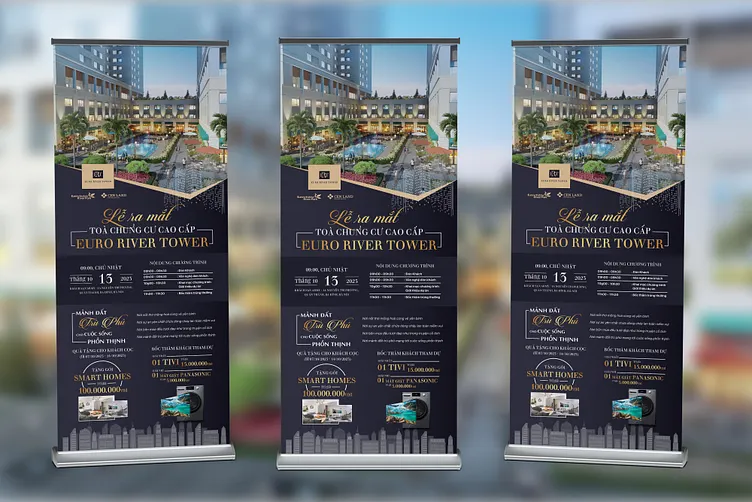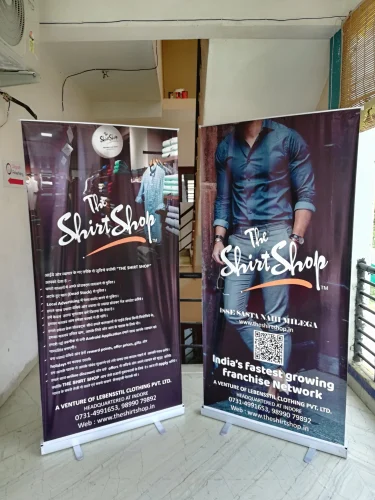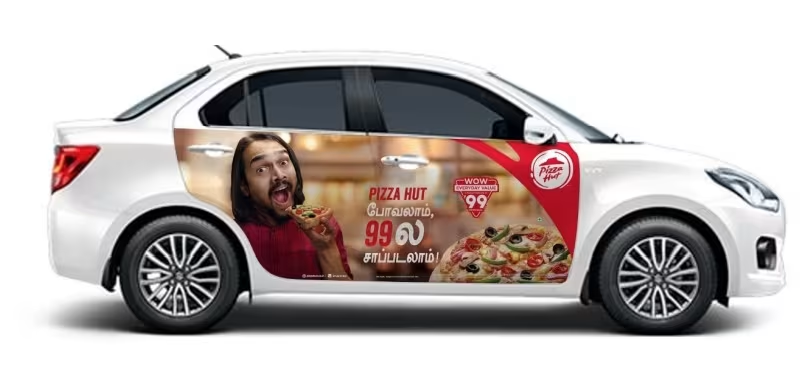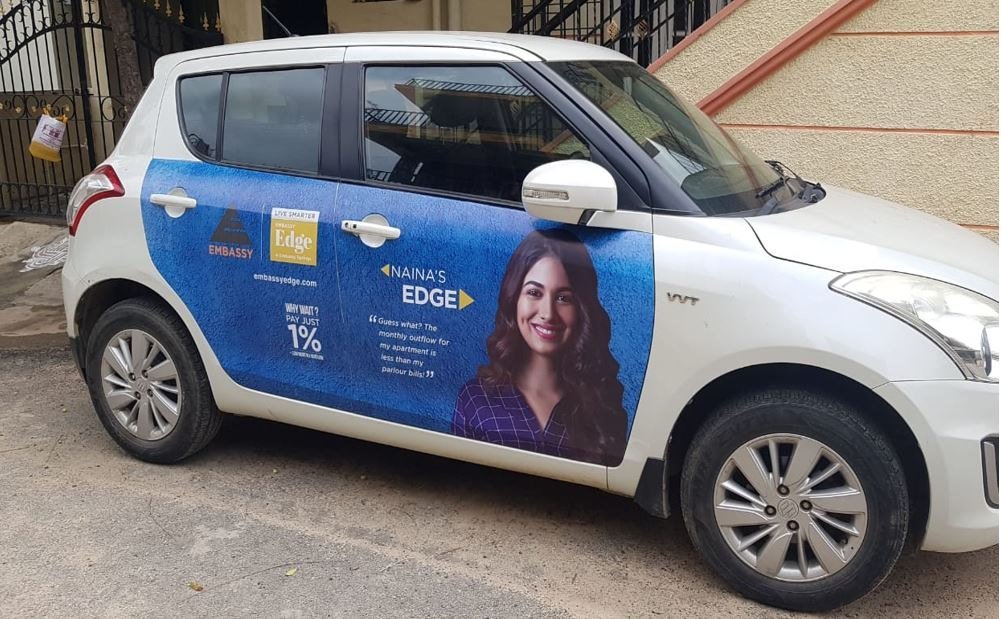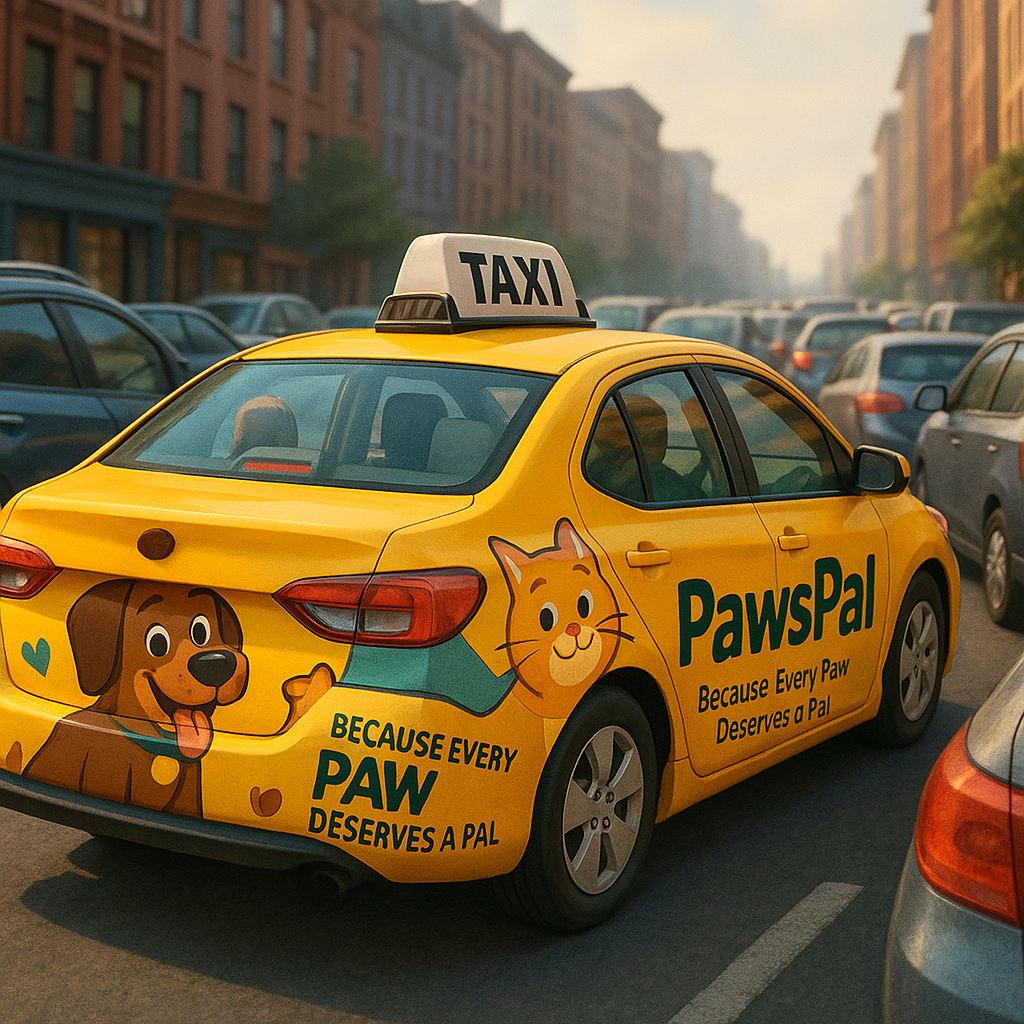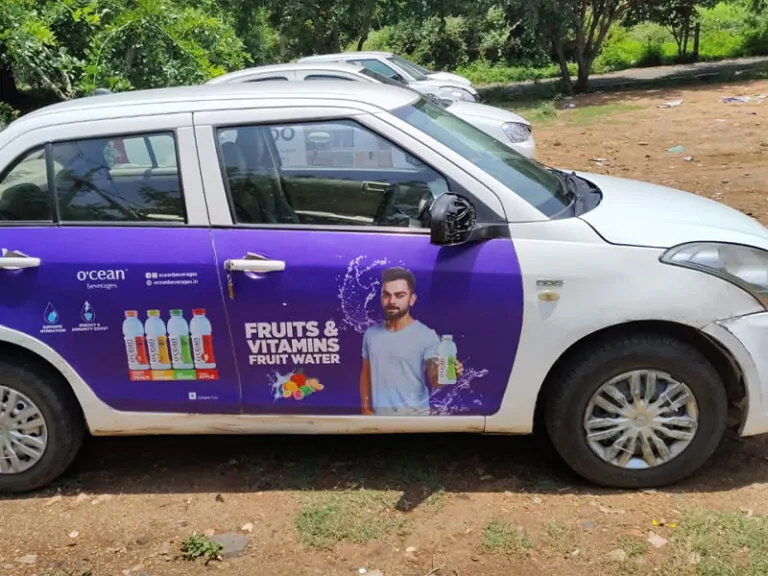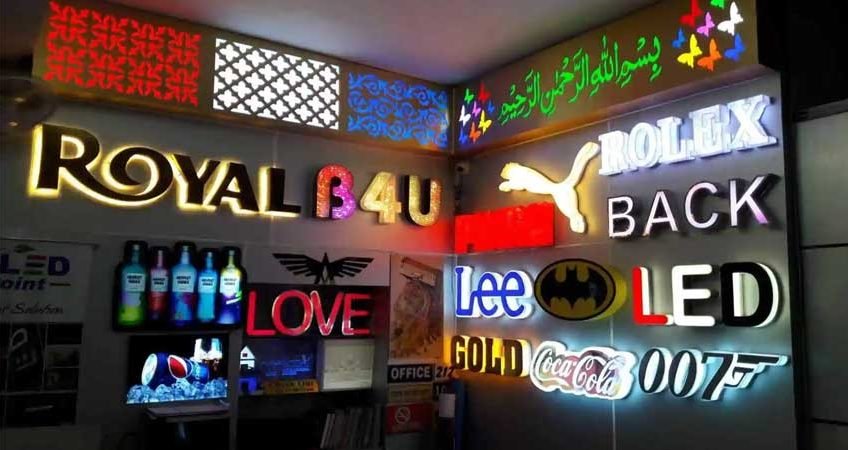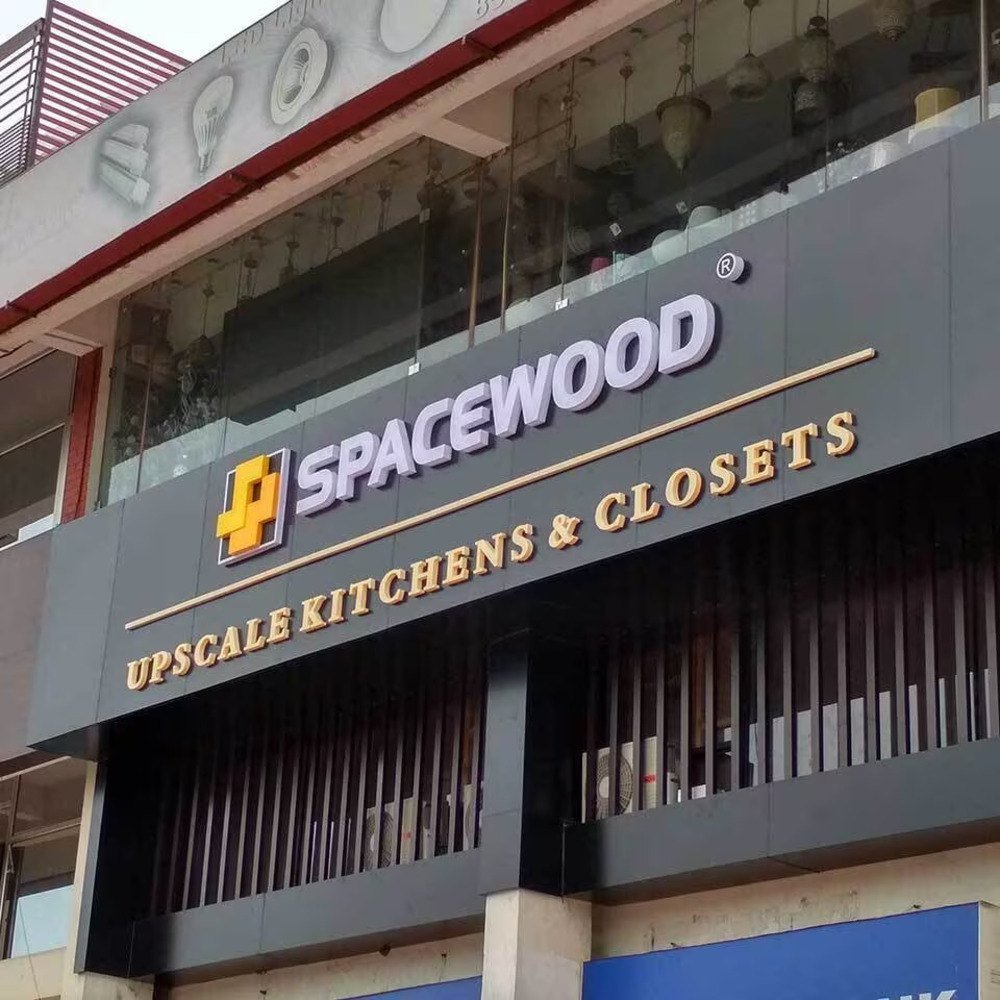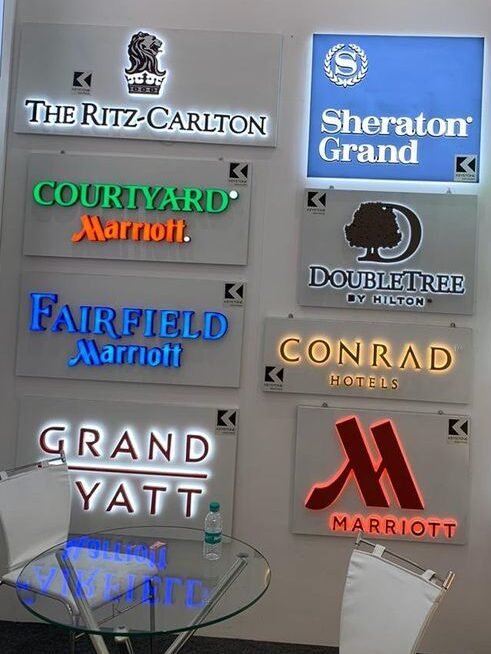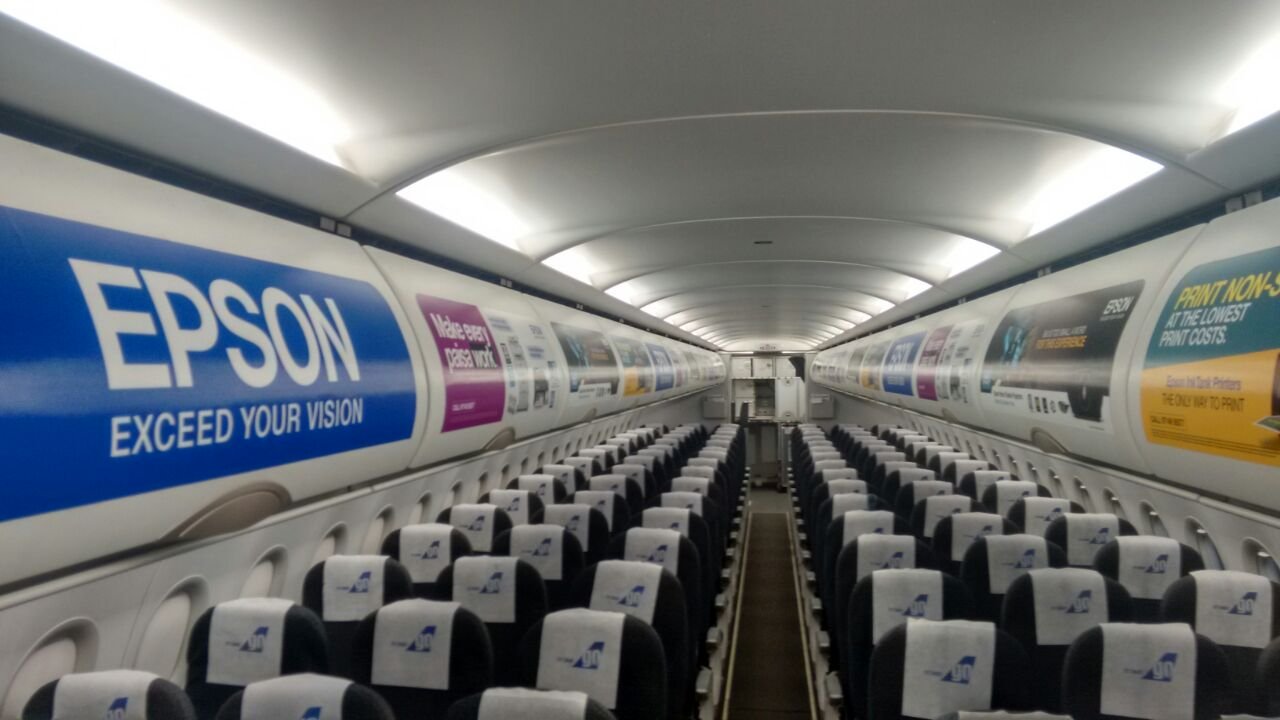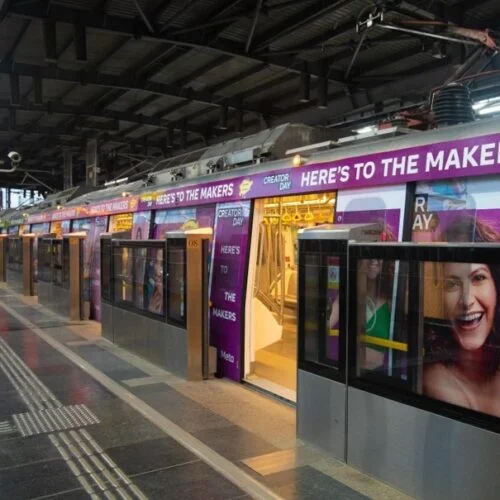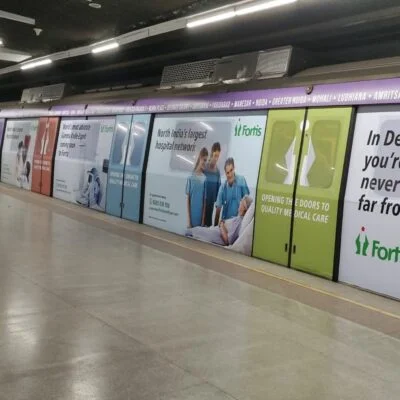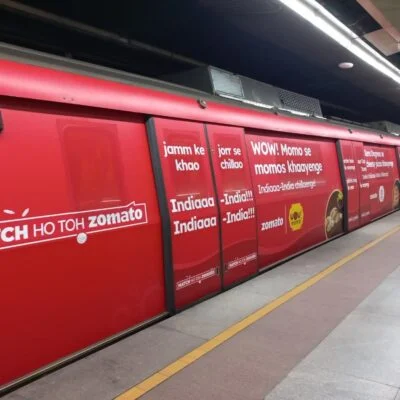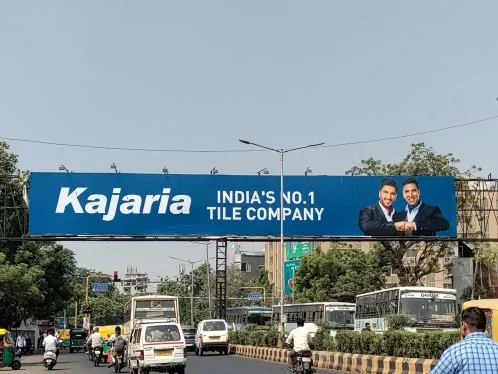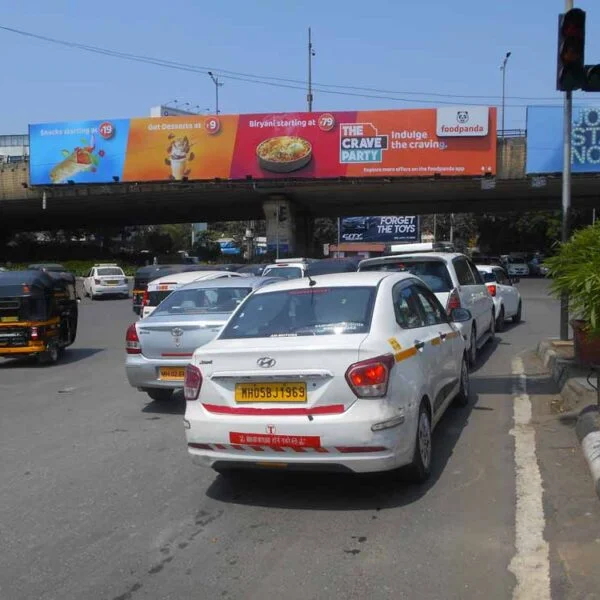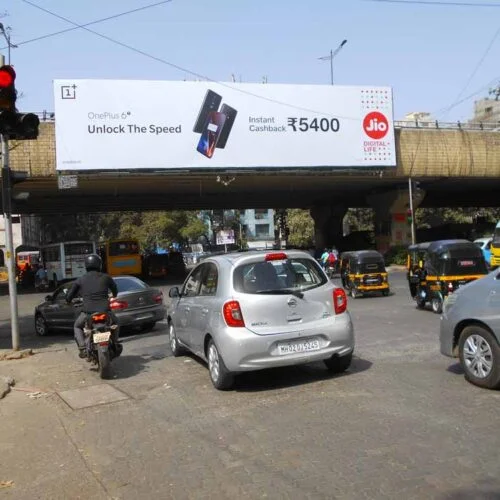In-flight branding has become one of the most powerful and premium advertising formats available to brands today. With air travel booming and passengers spending long, uninterrupted hours inside the cabin, airlines offer marketers a rare environment where attention is focused, distractions are minimal, and engagement naturally increases.
This makes in-flight advertising a highly valuable channel for strengthening brand presence, elevating perception, and influencing decisions across the entire travel journey.
Below is an enhanced and modernized overview of why in-flight branding stands out—and why it continues to be a preferred platform for global brands.
1) Airline Association Elevates Brand Prestige
Airlines—especially full-service carriers—are symbols of trust, safety, and global sophistication. Any brand that appears within an airline setting automatically benefits from this premium association.
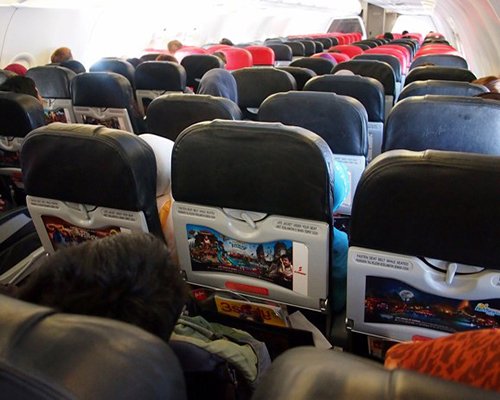
Passengers tend to link airlines with:
- Professionalism and reliability
- High service quality
- Global connectivity
- Modern, upscale experiences
When a brand is showcased in the cabin or through in-flight platforms, it naturally absorbs this perception. This creates a “halo effect” that enhances credibility and makes the brand feel more premium.
This advantage is especially impactful for luxury products, financial companies, technology brands, lifestyle services, and global consumer goods looking to reinforce trust and status.
2) Long, Distraction-Free Exposure Creates Stronger Engagement
Air travel provides one of the longest continuous touchpoints for advertising—typically 3 to 5 hours, and often much longer on international routes.
During this time, travelers are in a unique mindset:
- Limited access to outside distractions
- Very little ad competition
- Minimal digital interruptions
- More relaxed and open to consuming content
Passengers naturally explore their surroundings, whether it’s flipping through onboard magazines, engaging with seatback screens, or noticing branding on tray tables and meal packaging.
This boredom-driven curiosity increases attention and improves message retention.
The uninterrupted dwell time available inside an aircraft makes in-flight branding significantly more effective compared to crowded digital or outdoor environments.
3) A High-Quality Audience With Strong Buying Power
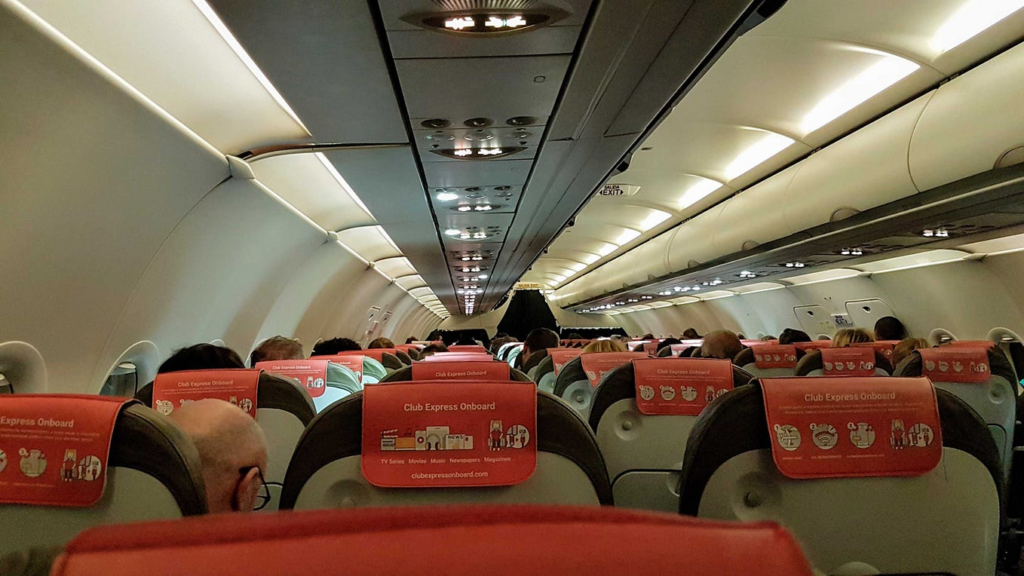
In-flight branding reaches a diverse yet highly valuable mix of passengers. Some of the core audience segments include:
a. Business Travelers- Frequent flyers with strong purchasing power and influence over corporate decisions.
b. Leisure Travelers- Relaxed consumers receptive to travel, retail, entertainment, and lifestyle brands.
c. International Travelers- Perfect for companies seeking multicultural exposure and global reach.
d. Families & Groups- Ideal for FMCG, entertainment, food, personal care, and household brands.
e. Premium-Class Passengers- First- and business-class passengers represent high-net-worth individuals—ideal targets for luxury and premium products.
f. Connected Digital Users- With onboard Wi-Fi becoming standard, digital ads integrated into the airline’s platforms reach younger, tech-savvy travelers.
This combination makes in-flight advertising more valuable than many other channels, offering access to affluent, attentive, and diverse consumers.
4) Branding That Follows the Traveler Journey End-to-End
In-flight branding’s strength comes from its presence throughout the entire travel cycle—not just inside the cabin.
a. Airport Phase (Consideration Stage)
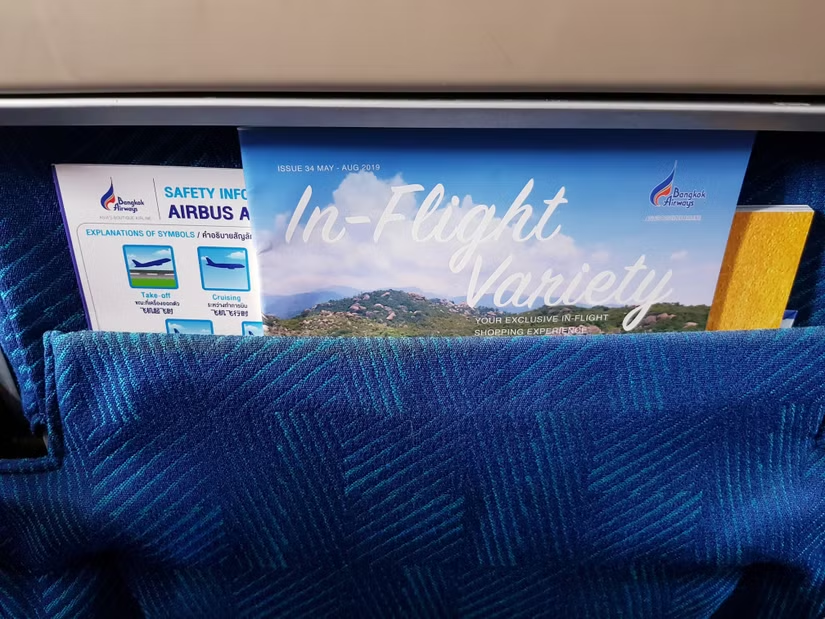
Before the flight, passengers encounter branding through:
- Check-in screens
- Security-area displays
- Lounge promotions
- Boarding gate visuals
These touchpoints build initial awareness and recognition.
b. In-Flight Phase (Engagement Stage)
Inside the cabin, passengers are at peak attentiveness:
- Seatback screens with brand content
- Branded meal boxes, cups, and napkins
- Tray table ads
- Overhead bin graphics and cabin signage
With extended dwell time, brand interaction deepens.
c. Post-Flight Phase (Action Stage)
After landing, branding continues:
- Arrival lounge displays
- Baggage belt screens
- Walkway messaging
These final impressions reinforce recall and encourage action.
5) A Clean, Competition-Free Advertising Space
One of the biggest advantages of in-flight branding is its controlled and clutter-free environment. Unlike online platforms where dozens of ads fight for visibility, the cabin space features only a handful of carefully selected advertisers.
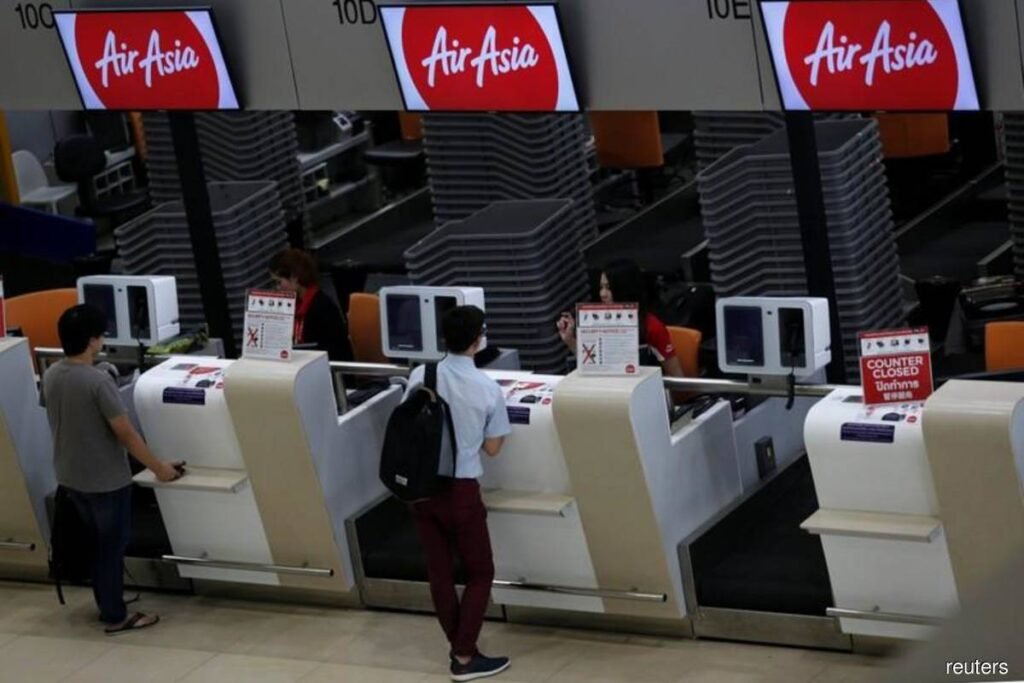
This results in:
- Higher attention per brand
- Stronger message clarity
- Better recall and long-term memorability
- A sense of exclusivity
Airlines also maintain strict content standards, ensuring that the brands featured reflect trust, credibility, and suitability.
Why In-Flight Branding Delivers Exceptional Value
As global travel continues to rise, in-flight advertising remains one of the most influential channels for modern marketers. With premium airline associations, extended engagement time, a high-value audience, and zero-clutter visibility, brands have a rare chance to connect with travelers in a focused and receptive environment.
For companies targeting business professionals, affluent consumers, and international travelers, in-flight branding offers unmatched reach, credibility, and impact—making it a strategic advantage throughout the entire journey, from takeoff to landing.
click to connect with Acme advertising co. for Branding

